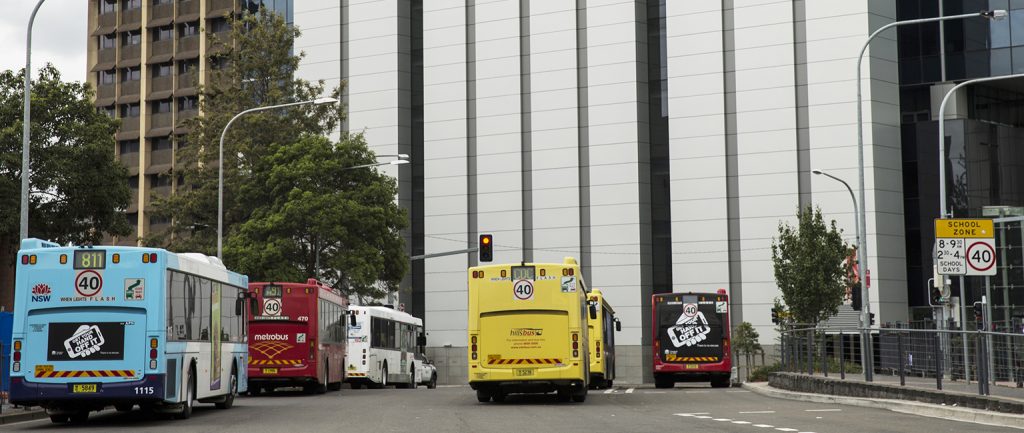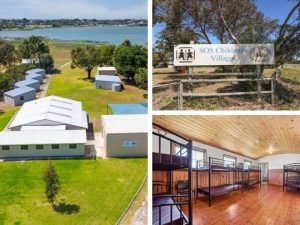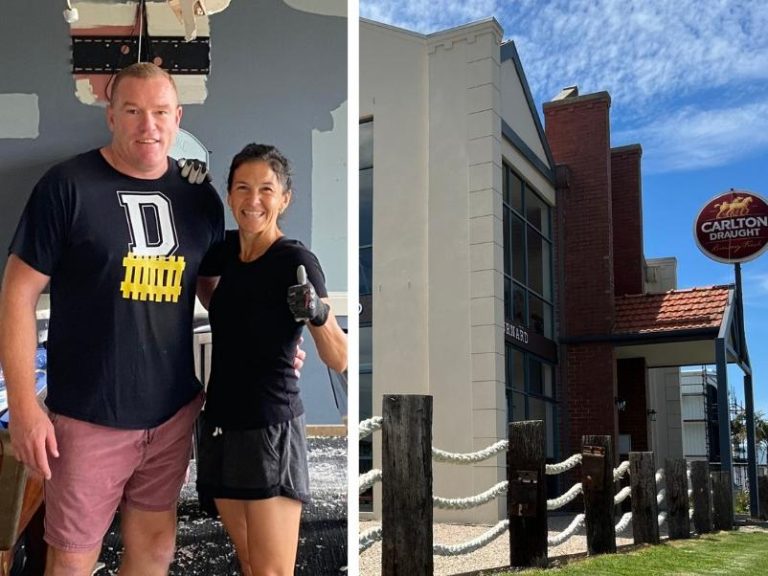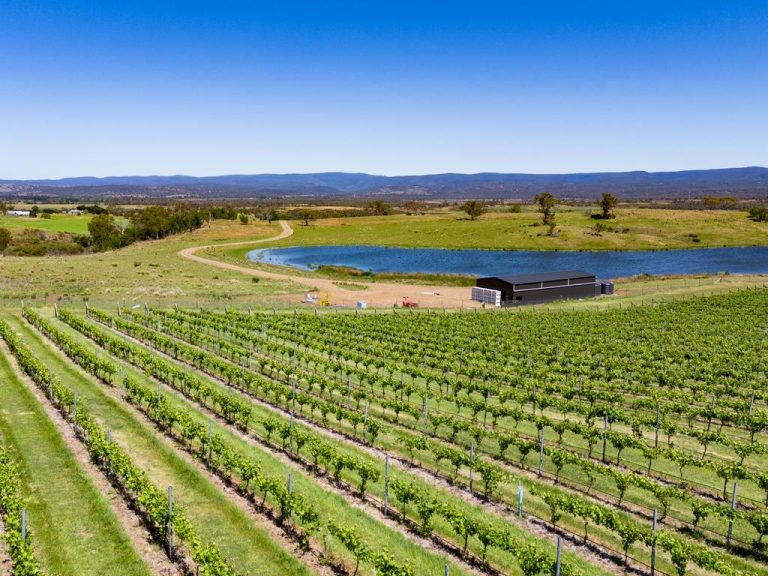Transport the biggest challenge for our new cities

Last weekend my daughter and I jumped in the car on a road trip from Sydney to Melbourne to see family.
As we sat stationary in the traffic typical of getting from the Northern Beaches to, well, anywhere, my daughter reverted to working on her Minecraft gaming skills and I pondered the news that Sydney may gain an extra 3.3 million people with the recently announced plan to create a third economic centre in the state.
So how will the already struggling infrastructure cope?
As an economist, I love a grand plan. Greater Sydney Commission’s vision for three centres of economic activity focused on the Sydney CBD, Parramatta and the new Badgerys Creek airport, is big thinking. What I like best is that finally “anti-development” Sydney has a plan to grow, which will enable it to keep its status as Australia’s largest city and economic powerhouse — a status it has been steadily losing to Melbourne over the past decade.
Pencilling the outline of a city and offering advice as to how things should be done is the easy part and there’s no shortage of people with great ideas. The difficult part is co-ordinating the massive task of delivering on the plan and ultimately to get people to change the way they work, live and spend leisure time.
Right now, there’s also no firm ideas on how to incentivise employers to relocate
When announcements are made to create a second or third centre, or in this case, city, getting people to live there is easy enough. Offer cheap land, provide schools, build shopping centres and other social amenities, and population growth will follow. This is why urban sprawl works so successfully. But, getting employers to move to those areas is often challenging, and it’s why we continue to see most employment, white collar in particular, in our traditional CBDs.
It is a massive task to move employers out of centralised locations and into decentralised locations. Typically, governments do this by moving their own departments out of CBDs to the new areas. While this provides some demand for office space, it is generally not enough to create a new city centre and we’ve seen that it hasn’t worked well as the kick-starter to get other employers to these new spots.

Getting to Parramatta can be difficult from Sydney.
Right now, there’s also no firm ideas on how to incentivise employers to relocate.
Employers want to be in areas that allow them to attract as many of the right type of workers as possible. This is why CBDs work so well. The radial nature of our public transport and road networks make it easy to attract people from all over the city. Pop a second city somewhere else without established infrastructure and the number of people that can easily work there falls dramatically.
The difficult part is co-ordinating the massive task of delivering on the plan and ultimately to get people to change the way they work, live and spend leisure time.
Sydney’s Parramatta has had some success in attracting white collar jobs; however its ability to substantially increase this number will be reduced by the fact that for most of Sydney getting to Parramatta on public transport is difficult and traffic flows are even more nightmarish than getting into the CBD.
Even people living in relative proximity can find it difficult battling cross-city traffic or requiring several public transport changes to get there.
This is the reason our traditional CBDs work so well. You can’t pick which companies will locate in decentralised locations. First you need to determine that the right mix of workers are living in the surrounding area and to do this you need to provide a wide variety of housing types.
The second and more expensive challenge is to provide roads and public transport that will allow people to get in and out of the new city. Spending on infrastructure continues to accelerate in NSW, but to properly implement the Greater Sydney Commission’s grand plan, that spending will need to continue and to accelerate further.
Nerida Conisbee is chief economist at REA Group.
This article originally appeared on www.theaustralian.com.au/property.







